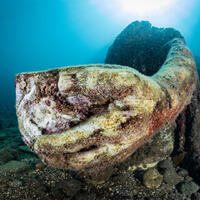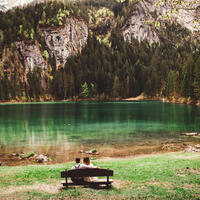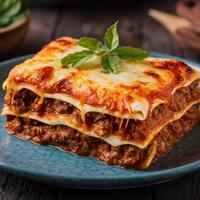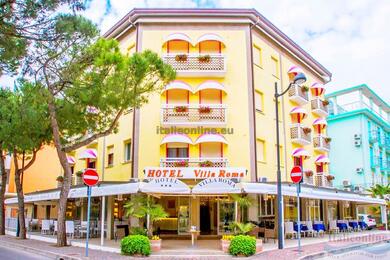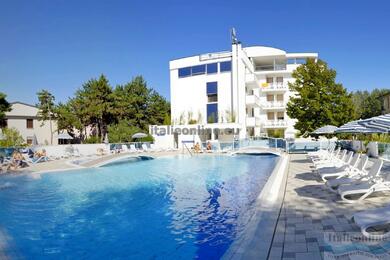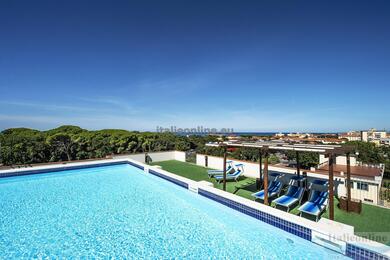Have you noticed the lack of the usual black mixed waste containers on the streets of Italian towns? In Italy, waste sorting is compulsory and there are no exceptions for checking that you have separated your rubbish correctly by type into coloured bins.
We've got a little guide to where what goes. Each category of waste usually has its own container or bag, often marked with a specific colour:
- Yellow: plastic and metal
- Blue: paper and cardboard
- Green: glass
- Brown: bio-waste ( kitchen scraps)
- grey or black: mixed, non-recyclable (dry) waste
Drink cartons and cans may have their own container in some places, but in others they are thrown in with glass or plastic, or in non-recyclable waste - each city has its own way of dealing with this. In most cases, large bins should have a picture on them with instructions on what goes in and what doesn't.
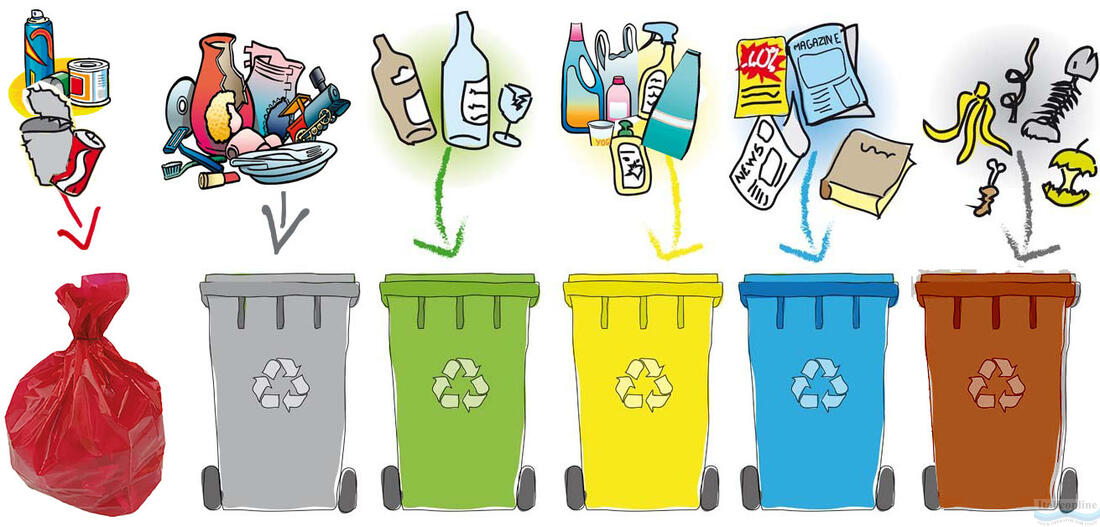
What to look out for?
- Fines. Public cameras or accommodation managers can report misbehaviour.
- Specific rules: Some areas, such as Venice, have stricter rules to protect the natural environment. Check with your accommodation.
- Capsule coffee machines: If you use capsules for your coffee machine, these should be disposed of according to the material - plastic or metal containers in plastic/metal, coffee grounds in bio-waste.
Tips for a relaxing holiday
Hotels, apartments or campsites will usually give you precise instructions on how and when to separate your waste. Use local bags! In some regions you have to use special waste sacks, which are available in supermarkets or municipal offices.
Minimise waste, think green - reuse water bottles, buy packaging-free products and avoid single-use plastics.


